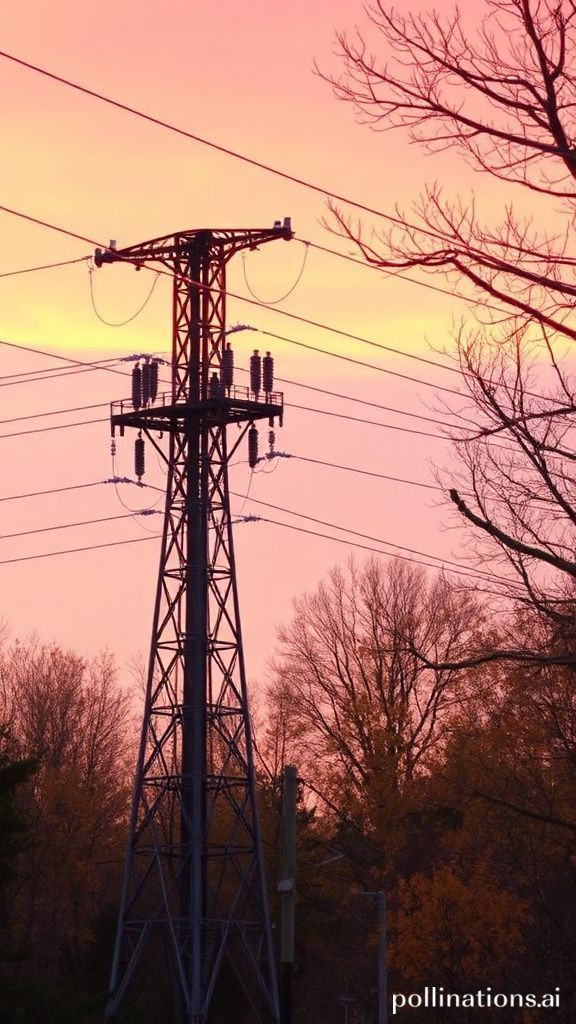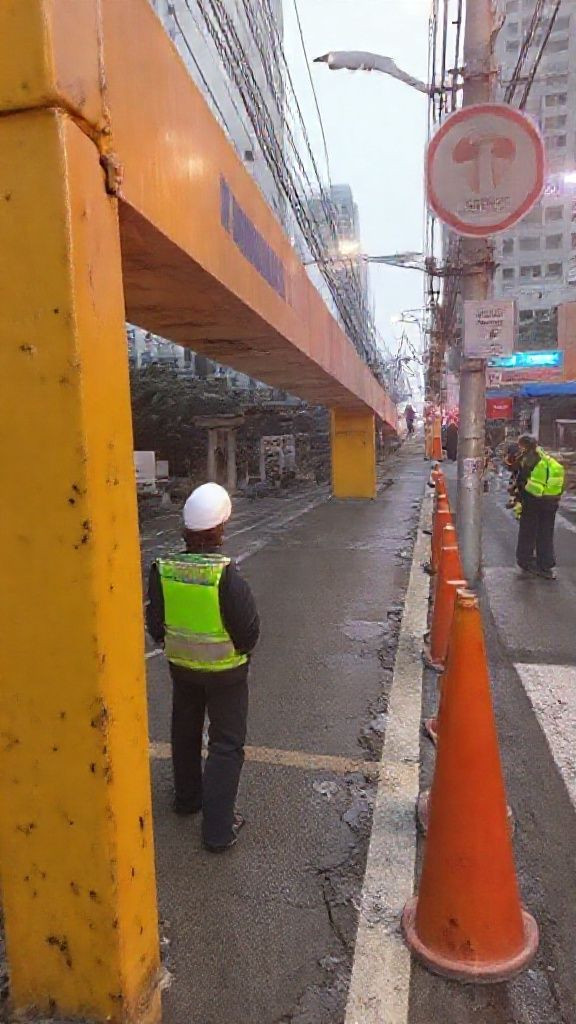
City Killer Asteroid Now Has a 3.1% Chance of Hitting Earth in 2032 NASA Updates Impact Probability
City Killer Asteroid Now Has a 3.1% Chance of Hitting Earth in 2032 NASA Updates Impact Probability

Title City Killer Asteroid Now Has a 3.1% Chance of Hitting Earth in 2032 NASA Updates Impact Probability
Asteroids have long been a subject of scientific interest and concern, with some having the potential to cause significant damage if they were to collide with our planet. Recently, an asteroid known as 2024 YR4 has gained attention due to its increased chances of impacting Earth.
According to NASA data released on Tuesday, the city killer asteroid now has a 3.1% chance of striking Earth in 2032, making it the most threatening space rock ever recorded by modern forecasting methods. While this may seem alarming, experts emphasize that there is no need for panic, and the global astronomical community is closely monitoring the situation.
What is 2024 YR4?
The asteroid was first detected on December 27 last year by the El Sauce Observatory in Chile. Astronomers estimate its size to be between 130 and 300 feet (40-90 meters) wide, based on its brightness. Analysis of its light signatures suggests it has a fairly typical composition, rather than being a rare metal-rich asteroid.
What is the potential impact?
The International Asteroid Warning Network (IAWN), a worldwide planetary defense collaboration, issued a warning memo after the impact probability had crossed one percent. Since then, the figure has fluctuated but continues to trend upward. NASA's latest calculations estimate the impact probability at 3.1%, with a potential Earth impact date of December 22, 2032.
A potential airburst explosion mid-air is estimated to release approximately eight megatons of TNT – more than 500 times the power of the Hiroshima bomb. If the asteroid were to make landfall, it could create a crater and cause significant destruction.
What is being done?
NASA's latest data has sparked action from astronomers and planetary defense experts. The James Webb Space Telescope is set to fix its gaze on the object next month to gather more information about its trajectory. Additionally, NASA's 2022 DART mission proved that spacecraft can successfully alter an asteroid's path, and scientists have theorized other methods for deflecting or disrupting the asteroid.
What does this mean?
The potential impact of 2024 YR4 is significant, but it is not a global catastrophe – rather, a city killer. Its potential devastation comes less from its size and more from its velocity, which could be nearly 40,000 miles per hour if it hits. The good news is that there is ample time to act, and scientists are working diligently to better understand the asteroid's trajectory and develop strategies for deflecting or disrupting it.
Conclusion
While the prospect of an asteroid impact may seem daunting, experts emphasize that this is not a crisis – yet. With NASA's latest data and ongoing efforts to gather more information, we can work together to mitigate any potential risks. By staying informed and vigilant, we can take steps to protect our planet and ensure the continued safety of our communities.
Keywords 2024 YR4, asteroid, NASA, impact probability, planetary defense, space exploration






